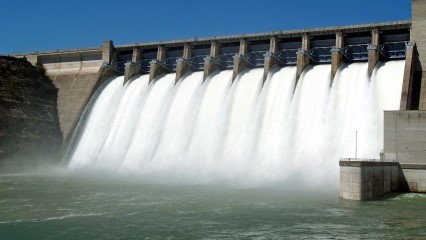
GlobalData said that the inclusion of large hydropower under renewables will help India to achieve its 2022 target.
But the country may fail to achieve the solar-specific target, resulting in falling short of reaching its 2030 goals, which include having 50% of its electricity generated by renewables.
India has already set its eyes on installing rooftop solar and large ground-mounted solar PV projects, the analyst said, adding that, in September 2021, India approved 45 solar parks with a total capacity of 37GW under its solar park scheme, according to Power Analys Attaurrahman Ojindaram Saibasan.
Aside from this, the government is also promoting wind projects by providing fiscal and promotional incentives such as excise duty exemptions to manufacturers, amongst others, that are expected to encourage the private sector to participate in the projects.
A new hydropower policy for 2018 to 2028 was drafted for the growth of hydropower projects in the country. The Indian government also granted renewable energy status for large hydro to increase the sector’s generation capacity.
India would need to add over 38GW of renewable capacity annually from 2022 to 2030, Saibasan said.
“Easing out approval processes, pre-identifying land spaces for the development of renewable power, enhancing the grid to be able to seamlessly connect renewable power plants, investing in battery storage and micro-grids in remote areas, holding renewable auctions without delays, enforcing RPS mechanism strongly, and educating the end-consumers on adoption of small-scale systems such as rooftop solar PV will drive capacity additions in India in future,” the analyst said
“As per the current market scenario and growth trend, India is likely to fall short of the 2030 target by over 104GW,” Saibasan added.